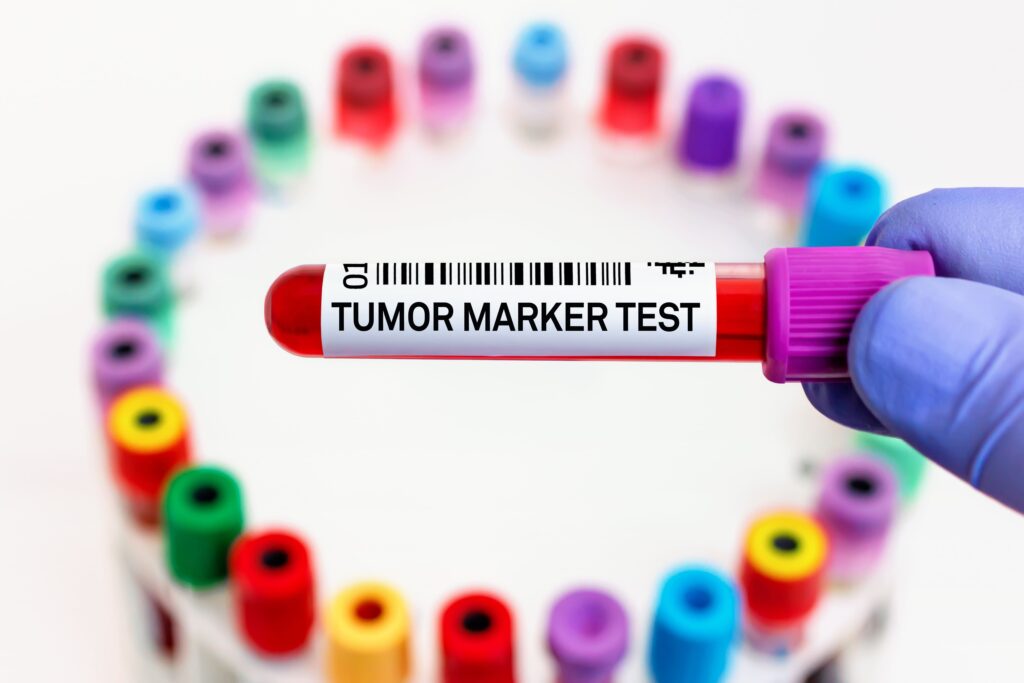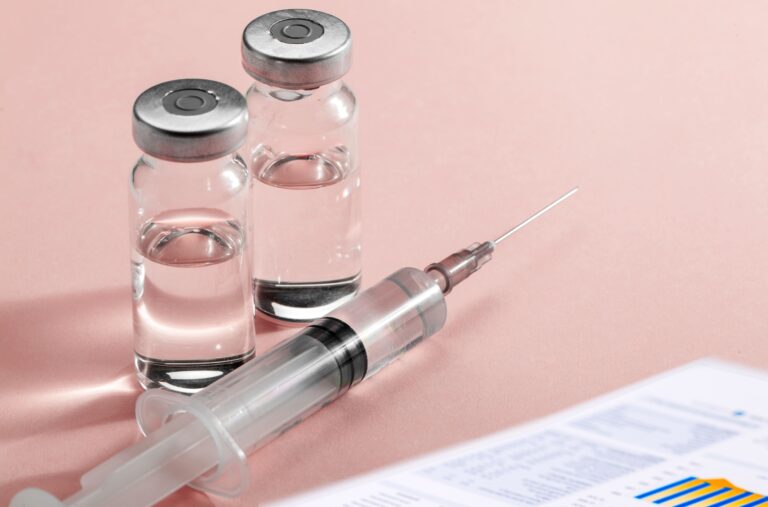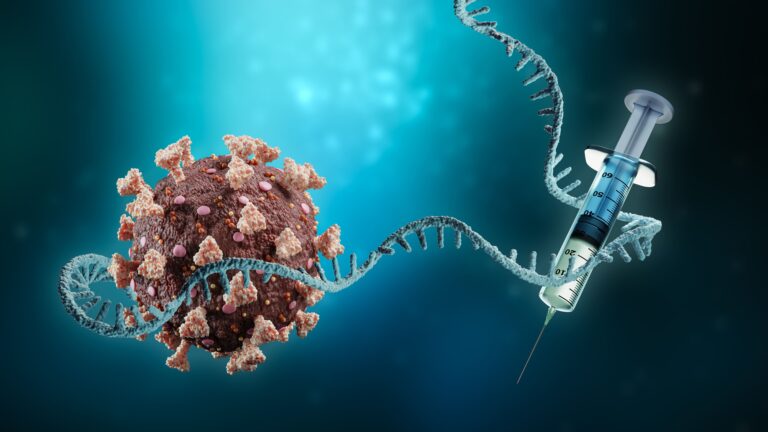If you search on the internet the words “biological markers” or “biomarkers”, numerous results appear on your screen. These biomarkers, used in various fields including ecology, eco-toxicology and medical sciences, raise many interesting points and advantages. In this article, we are going to focus on the use of biomarkers in the medical field and on the way they help diagnosing and treating medical conditions.
Defining what biomarkers are and the different types of biomarkers which have been discovered.
A biomarker is a biological element, which is specific to a normal state, a pathological state, or responding to an exterior element. A good marker is defined by screening tests, which have to show two characteristics: sensitivity and specificity.
In statistics, sensitivity and specificity of a test are defined as follows: sensitivity is the ability to give a positive result when the condition is present, whereas specificity is the ability to give a negative result when the condition is not present.
Let’s take the example of the beta-hCG (the Human Chorionic Gonadotropin hormone). First produced by the embryo after the conception of a child and then by the placenta, this hormone is present all along the pregnancy.
If the patient is not pregnant, the hormone is not naturally present in the blood. Thus, it is specific. Beta-hCG testing is based on a dosage detected via an immunology method.
According to this definition, biomarkers can take various forms whether it is physical (variation of body temperature), or biochemical (presence of a given protein). They can be measured with the different body fluids (blood, saliva, urine) and they can be chemically different (lipids, proteins, carbohydrates, nuclides).
How to identify biomarkers?
Methods to identify biomarkers have evolved together with the evolution of medical sciences. If the identification and detection of the marker were formerly based on immunological or electrophoresis methods, the current stake is to identify markers at the earliest stage of the disease (or even before its occurrence) and that the detection methods need to be fast, unobtrusive and inexpensive.
To this end, researchers will look as far as possible in the metabolic lines, with both sick and healthy patients, in order to determine the markers showing variations, their emergence stage and their specificity as markers.
The study of the biomarkers from pancreatic cancer will allow us to illustrate this.
First, the CA 19-9, an antigen which is present in blood samples from patients suffering from numerous cancers, including pancreas, ovarian and colon cancer. It is released in the blood by tumour cells. Its detection is only possible once the cancer is at an advanced stage. Its lack of specificity does not make it a good biomarker.
In 2017, the team of Dr Zaret shed light on a new biomarker, allowing the diagnosis of pancreas cancer: Thrombospondin-2 (THBS2). The detection of this protein, associated with the detection of the CA 19-9 has allowed us to diagnose pancreatic cancers at early stages. The identification methods being based on the ELISA method, they are inexpensive and fast.
Another type of biomarkers is used to diagnose pancreas cancer, the circulating tumour DNA, which is a fragment of the tumour’s DNA, present in the patient’s blood flow. With a sequencing process, researchers analyse the DNA fragment and thus they can identify the specific mutations associated with the tumour which they were searching for in the patient. Although this method is very specific, it remains long and expensive.
In 2019, a French team of researchers brought to light the presence of specific genes in highly methylated pancreatic tumours in circulating tumour DNA. The methylation process appears earlier than the mutation in the tumour conversion phenomenon. The use of this biomarker gives new opportunities in the detection and the treatment of pancreatic cancers.
In order to detect methylated circulating tumour DNA in the patient’s blood, scientists used digital PCR testing, this PCR method (Polymerase Chain Reaction) allows to amplify a specific DNA sequence, while incorporating a fluorescence probe or an intercalating agent with the specific sequence which is searched for. The sequence will then be detected by flow cytometry or electrophoresis thanks to the intercalating agent or the probe. Digital PCR specificity is the partition of the sample before its amplification, allowing the detection of a diluted sequence within another sequence.
The use of biomarkers in medical sciences.
As we saw it previously, many different biomarkers are used in the diagnosis of diseases, but they can also serve to evaluate the efficiency of a treatment, or to estimate the risk of a pathology to occur.
For instance, we can mention the dosage of total and free PSA (Prostate Specific Antigen) in prostate cancer. Total PSA is composed of two circulating fractions in the blood, conjugate PSA and free PSA. These proteins are fabricated by the prostate. An increase of total PSA is the marker of a prostatic hypertrophy, a prostate cancer or other medical conditions.
An increase of PSA alone is not a good marker to diagnose prostate cancer, since it is not specific. The free to total PSA ratio will narrow the argument to a conclusion of cancer. This dosage will still need to be accompanied with other tests in order to confirm the prostate cancer diagnosis.
Nonetheless, even if the PSA dosage is not a sufficient marker to diagnose a prostate cancer, there are some reliable and trustworthy monitoring tools which can be used post-treatment. Indeed, treating prostate cancer, whether it is done through surgery or radiotherapy, will provoke a destruction of the prostate cells, secreting PSA. An increase of PSA post-treatment is the marker of a recurrence of the disease, as an absence of PSA shows the effectiveness of the treatment.
Let’s develop another example of biomarker, troponin, as a marker of perioperative cardiovascular risks. Troponin is a muscular protein, which is present in both skeletal and heart muscles.
Even if they have a similar conformation, some variations will be seen depending on the tissue. A rise of cardiac troponin is interrelated to an increase of a cardiovascular risk. Its perioperative dosage allows us to estimate the risk of an occurrence in myocardial damage.
With these two examples, we can highlight the use of biomarkers in both prevention, diagnostic and in the follow-up of a disease.
Biomarkers have been used in medicine for a long time, the identification methods keep evolving, together with the evolution of the detection methods. The types of biomarkers are as numerous as the biological factors of a pathology.
Their benefits are multiple as well. They allow us to put a diagnosis at the early stages of a disease, to follow-up on the success of a therapy, or to evaluate the effects of a medicine on the body.
The biomarker field is continuing evolving, and their promise of medical breakthroughs is still being talked about



